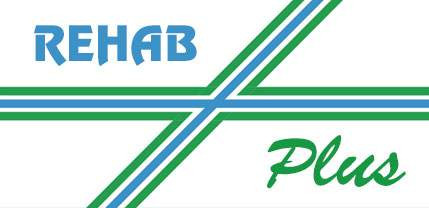Medical Compression Hosiery: Essential Information for Better Health
What is Medical Compression Hosiery?
Medical compression hosiery, also known as compression stockings or socks, are specially designed garments that apply graduated pressure to the legs, ankles, and feet. This pressure helps improve blood circulation, reduce swelling, and alleviate discomfort caused by various medical conditions. Compression hosiery is commonly used to manage venous disorders, prevent deep vein thrombosis (DVT), and support overall vascular health.
How Does Medical Compression Hosiery Work?
The primary function of medical compression hosiery is to exert controlled pressure on the legs. This pressure is highest at the ankles and gradually decreases up the leg. This gradient compression helps:
- Improve Venous Return: By compressing the veins, arteries, and muscles, the hosiery aids in pushing blood back toward the heart.
- Reduce Swelling and Edema: The pressure helps reduce fluid buildup in the tissues, minimizing swelling in the legs and ankles.
- Prevent Blood Clots: By promoting healthy blood flow, compression hosiery reduces the risk of blood clots forming, especially in individuals who are immobile for extended periods.
Types of Medical Compression Hosiery
1. Graduated Compression Stockings:
- These are the most common type, providing maximum pressure at the ankle and decreasing up the leg. They are used for various conditions, including varicose veins and chronic venous insufficiency.
2. Anti-Embolism Stockings:
- Also known as TED (thrombo-embolism deterrent) hose, these are designed to prevent DVT in bedridden or post-surgical patients.
3. Non-Medical Support Hosiery:
- These provide less pressure than medical-grade stockings and are often used for general support and comfort during daily activities.
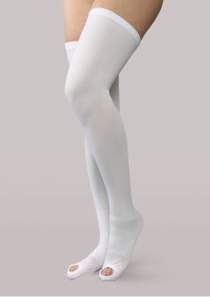
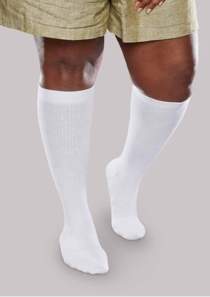
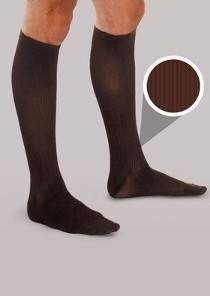
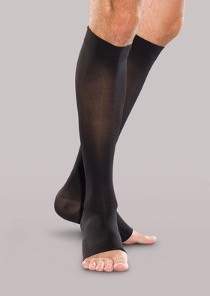
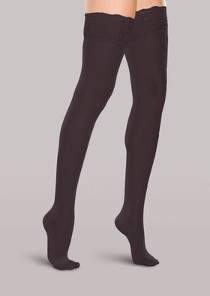
Indications for Use
Medical compression hosiery is recommended for various conditions, including:
- Chronic Venous Insufficiency: Helps manage symptoms by improving blood flow.
- Varicose Veins: Reduces pain and prevents the worsening of varicose veins.
- Lymphedema: Controls swelling by facilitating lymph fluid drainage.
- Deep Vein Thrombosis (DVT) Prevention: Essential for individuals at risk of blood clots, particularly during long flights or bed rest.
- Post-Surgical Recovery: Supports healing and reduces the risk of complications after surgery.
Benefits of Medical Compression Hosiery
Improved Circulation
- Enhanced Venous Return: Encourages blood flow back to the heart, reducing pooling in the lower extremities.
- Oxygen Delivery: Better circulation ensures more efficient oxygen and nutrient delivery to tissues.
Reduced Swelling and Discomfort
- Edema Control: Compression helps prevent fluid accumulation, reducing swelling.
- Pain Relief: Alleviates discomfort associated with venous disorders and prolonged standing or sitting.
Prevention of Serious Health Issues
- DVT and Embolism: Lowers the risk of life-threatening blood clots.
- Skin Health: Prevents skin breakdown and ulcers caused by poor circulation.
How to Choose the Right Compression Hosiery
1. Compression Level:
- Ranges from mild (8-15 mmHg) to extra firm (30-40 mmHg). The appropriate level depends on the medical condition and doctor's recommendation.
2. Size and Fit:
- Proper fit is crucial for effectiveness and comfort. Measurements should be taken accurately to ensure the correct size.
3. Material and Style:
- Choose from various materials (nylon, spandex, cotton) and styles (knee-high, thigh-high, pantyhose) based on personal preference and medical advice.
Caring for Medical Compression Hosiery
To maintain the effectiveness and longevity of compression hosiery:
- Regular Washing: Hand wash or use a gentle cycle with mild detergent. Avoid bleach and fabric softeners.
- Air Dry: Lay flat to dry, away from direct heat and sunlight.
- Inspect for Wear and Tear: Replace stockings as they lose elasticity or show signs of damage.
Conclusion
Medical compression hosiery is a vital tool in managing and preventing various venous and circulatory conditions. By improving blood flow, reducing swelling, and preventing serious complications, these garments support overall vascular health and enhance quality of life. Consultation with a healthcare professional is essential to determine the appropriate type and compression level, ensuring optimal benefits and comfort.
